What does the loading and unloading robot workstation consist of?
Date: 2020-10-20 Categories: Industry News Hits: 947
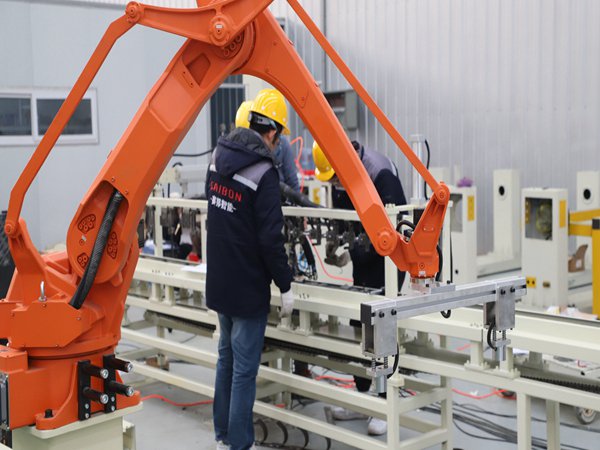
The loading and unloading robot workstation is an important part of the modern automated production line. It realizes the automation and intelligence of material handling by integrating key components such as industrial robots, control systems, material conveying systems, and safety protection devices. This article will discuss the composition of the loading and unloading robot workstation in detail.
1.Industrial Robot
The core of the loading and unloading robot workstation lies in the industrial robot body, which is the main execution component of the workstation. Industrial robots usually have multi-degree-of-freedom movement capabilities and can flexibly grasp and carry materials. Common industrial robots include six-axis articulated robots, which have a wide range of motion and accurate movements and can adapt to various complex loading and unloading tasks. For example, in the production of automotive parts, six-axis articulated robots can accurately grasp stamping parts and place them in a certain position, greatly improving production efficiency and product quality.
2. End effector
The end effector is installed at the end of the robot arm and is used to directly grasp or carry materials. The design of the end effector varies depending on the shape, material and handling requirements of the material. For example, a pneumatic gripper is a common end effector that controls opening and closing through air pressure and can stably grasp small parts. For some special shapes or fragile items, a vacuum suction cup end effector can be used to carry materials using vacuum adsorption force. The selection of the end effector needs to be comprehensively considered based on the actual application scenario and material characteristics to ensure the handling effect and safety.
3. Material conveying system
The material conveying system is responsible for conveying the materials to be processed to the robot's working area and transporting the finished or semi-finished products away after processing. The material conveying system can be in the form of conveyor belts, vibration plates, etc. The specific choice depends on the type of material and the conveying requirements. For example, on the electronic component production line, the vibration plate can orderly arrange and convey tiny electronic components to the position where the robot can grasp, thereby greatly improving production efficiency. The material conveying system is usually linked with industrial robots and control systems to realize automated material handling and processing processes.
4. Control system
The control system is the "brain" of the loading and unloading robot workstation. It is responsible for controlling the robot's motion trajectory, speed, action sequence, and coordination with other equipment. The control system usually consists of two parts: hardware and software. The hardware part includes control cabinets, teaching pendants and other equipment for receiving and processing external instructions and controlling the movement of the robot. The software part is responsible for programming and setting various parameters so that the robot can perform loading and unloading operations according to the predetermined process flow.
5. Safety protection device
Safety protection devices are an indispensable part of the loading and unloading robot workstation. Since industrial robots have high movement speed and weight, if personnel accidentally enter the robot's working area, safety accidents may occur. Therefore, safety protection devices need to be set up to ensure the safety of personnel. Common safety protection devices include safety fences, light curtain sensors, etc.
The above is an introduction to the composition of the loading and unloading robot workstation. The loading and unloading robot workstation realizes the automation and intelligence of material handling by integrating key components such as industrial robots, control systems, material conveying systems, and safety protection devices. These components work together to ensure the effective, safe, and stable operation of the workstation.

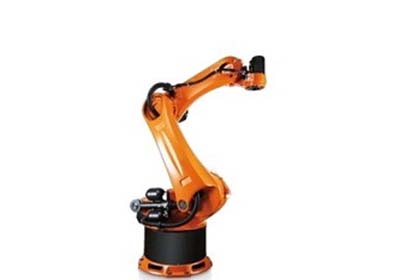 A230 30kg load palletizing rob...
A230 30kg load palletizing rob... 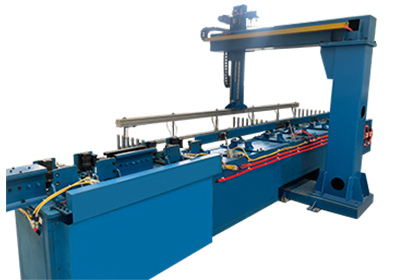 Column type palletizing robot
Column type palletizing robot 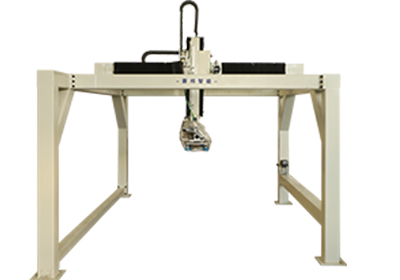 Gantry Palletizing Robot
Gantry Palletizing Robot 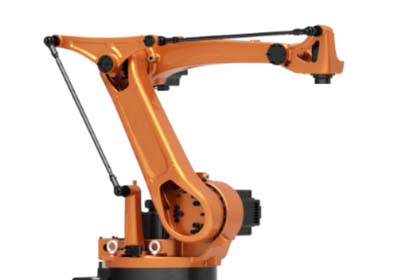 A180 20kg payload palletizing ...
A180 20kg payload palletizing ... 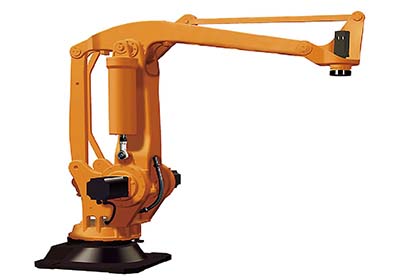 A140 10kg load palletizing rob...
A140 10kg load palletizing rob... 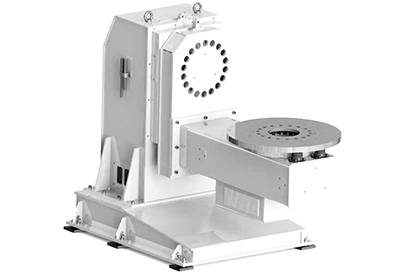 CPL-20 L-type welding position...
CPL-20 L-type welding position... 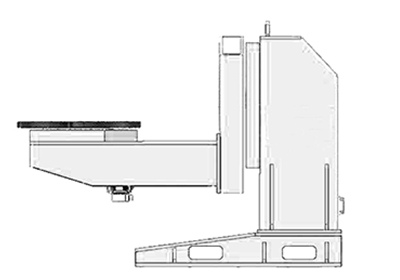 CPL-10 L-type welding position...
CPL-10 L-type welding position... 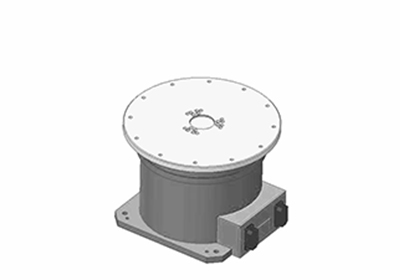 CPH-05 single-axis horizontal ...
CPH-05 single-axis horizontal ... 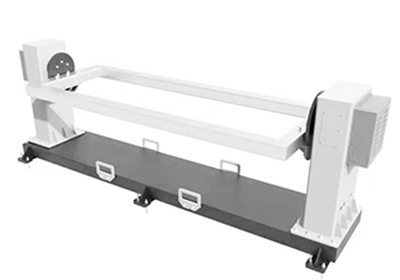 DDF-10 Head and tail frame wel...
DDF-10 Head and tail frame wel... 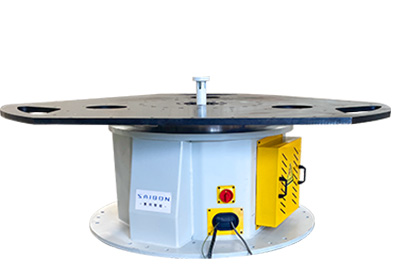 Single axis horizontal positio...
Single axis horizontal positio... 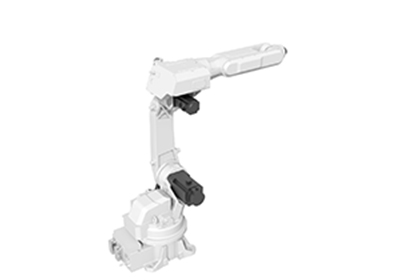 SR150 TIG welding robot
SR150 TIG welding robot 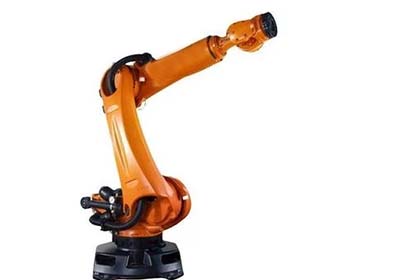 YR130 Laser Welding Robot
YR130 Laser Welding Robot 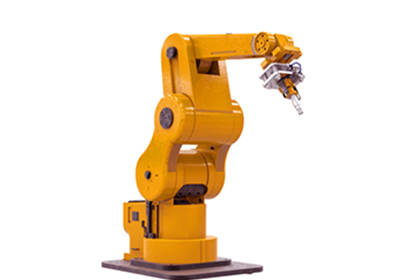 SR500 stainless steel welding ...
SR500 stainless steel welding ... 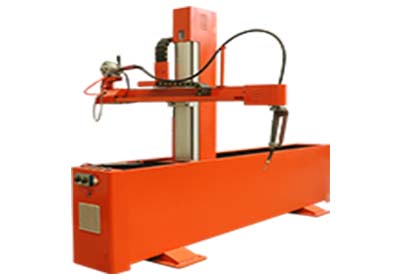 C150 right angle welding robot
C150 right angle welding robot 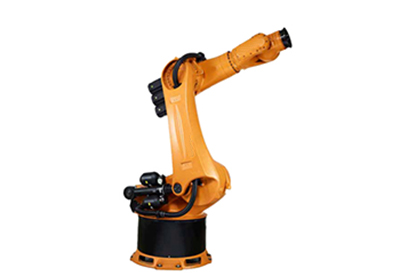 2000 fully automatic welding r...
2000 fully automatic welding r... 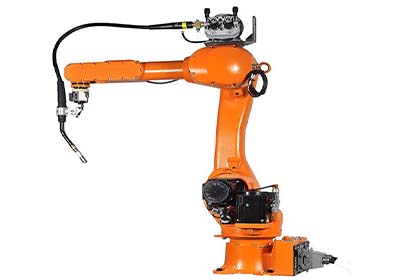 B160 six-axis welding robot
B160 six-axis welding robot  B090 six-axis welding robot
B090 six-axis welding robot  20kg load industrial robot arm
20kg load industrial robot arm 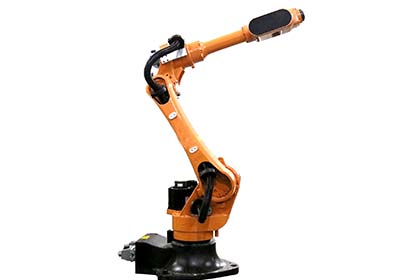 10kg load industrial robot arm
10kg load industrial robot arm  30kg load industrial robot arm
30kg load industrial robot arm 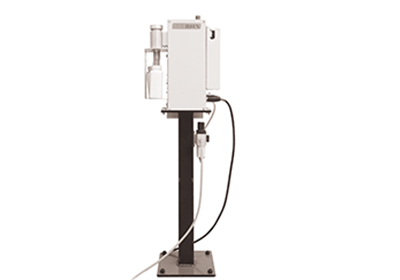 GH530 Gun Cleaner
GH530 Gun Cleaner 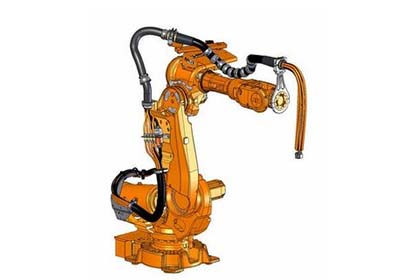 SXL150 Loading and unloading r...
SXL150 Loading and unloading r...